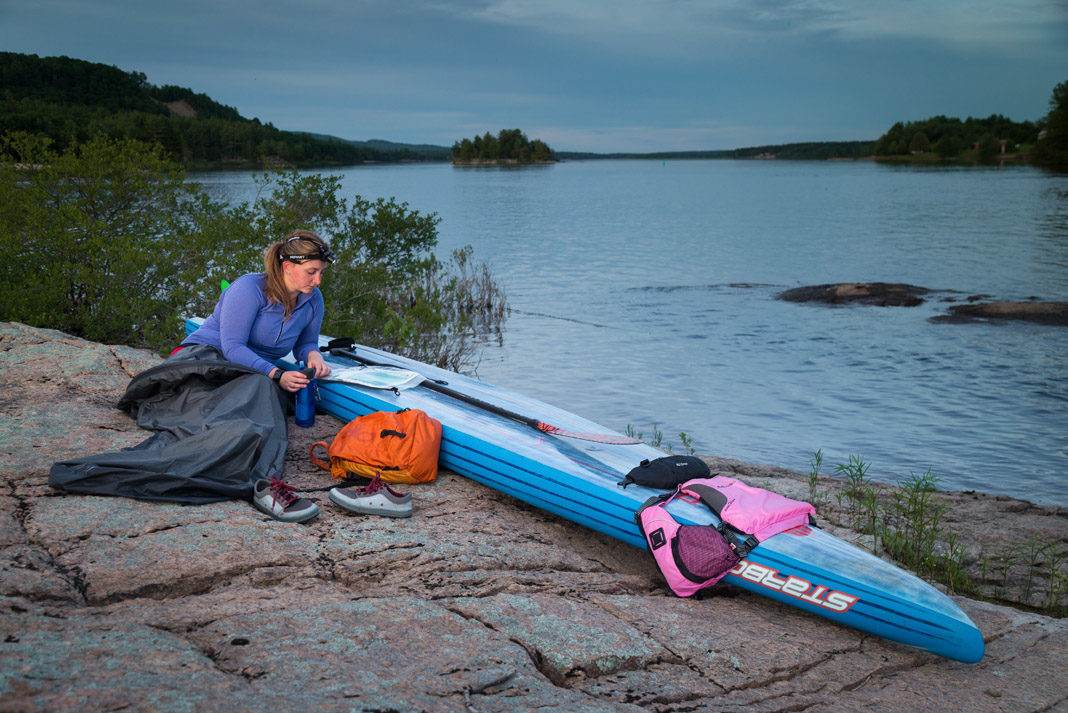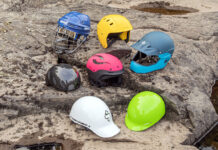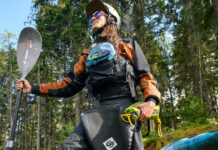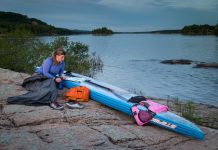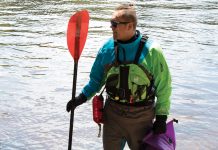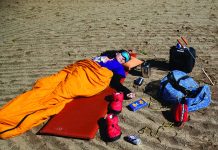Relying On The Right Gear Allowed Me To Race A Total Of 367 Kilometers In Expedition Paddleboarding Races Last Summer.
Successful expedition racing requires technique, endurance, navigation skills, strategy and sometimes a bit of luck. In most races—which range in length from the Muskoka River X’s 58-kilometer Sprint class to the sprawling 715 kilometers of the Yukon River Quest—most paddlers are set first and foremost on just getting to the finish line, rather than reaching the podium. Take a peek inside my kit to discover what to look for in the eight essentials every expedition racer needs.
1. PFD
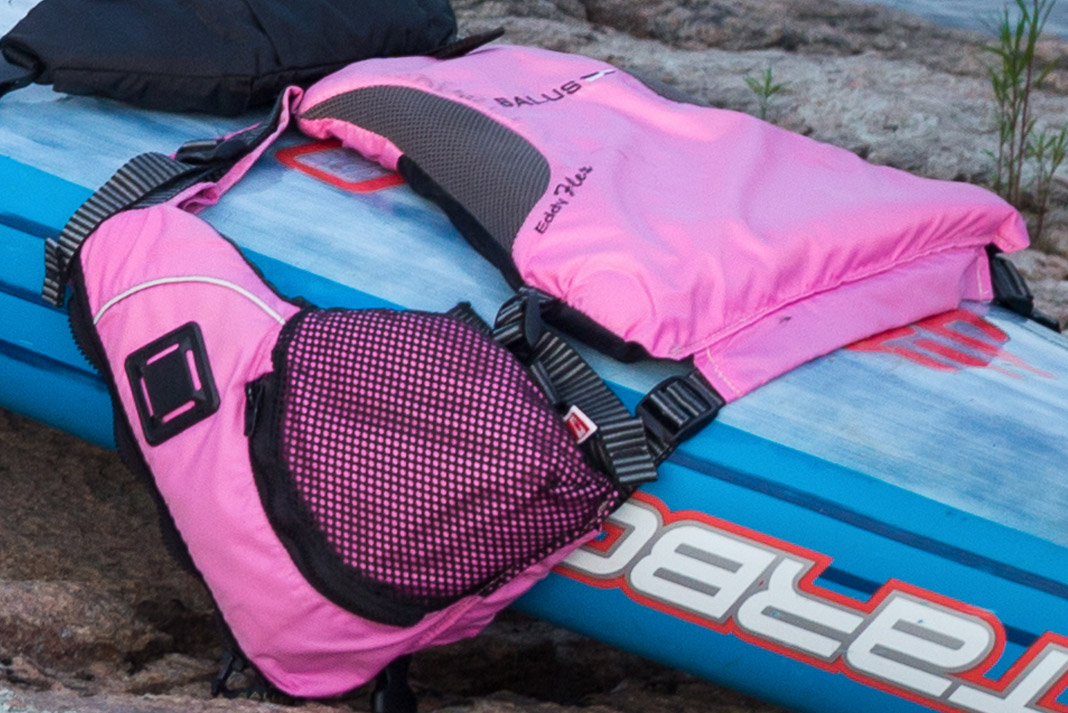
An inherently buoyant PFD is usually mandatory in expedition races and often better suited as many courses include swift current. Look for a low-profile vest to ensure your life jacket isn’t restricting freedom of movement. In my opinion, the more storage the better—a front zippered pocket can stash all sorts of goodies, including a whistle, water purification tabs, snacks or energy gels. Opt for bright colors—pink, red, orange, yellow—for optimal visibility on the water.
Eddy Flex PFD | 119.00 | www.salusmarine.com
2. Paddleboard
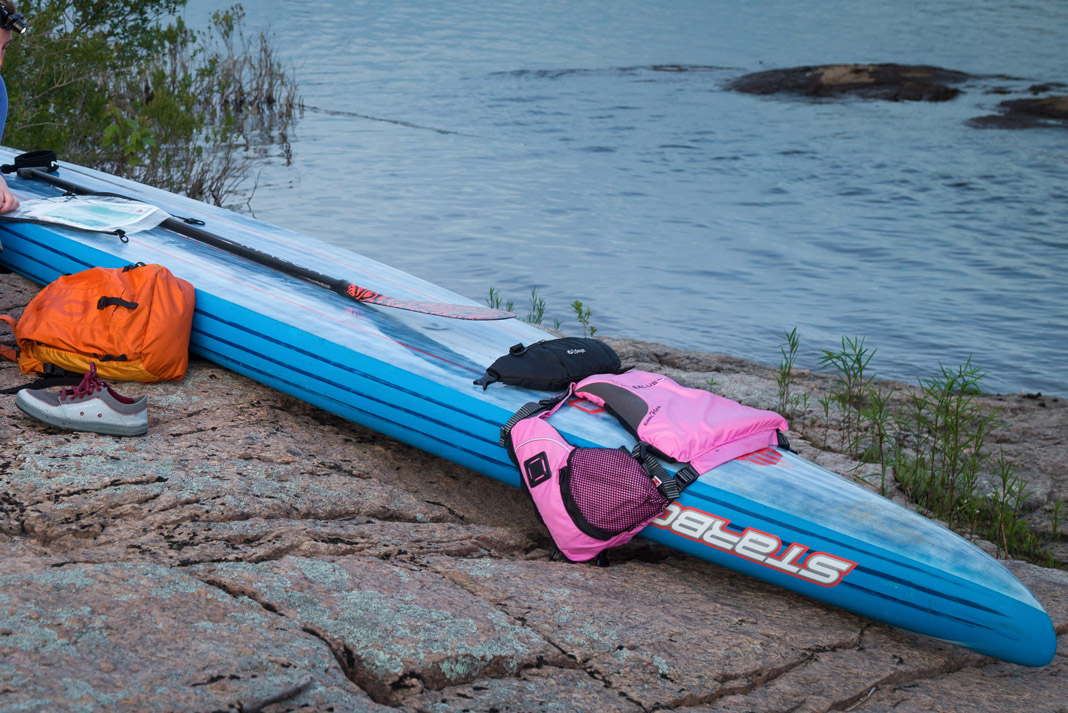
A great SUP expedition race paddleboard marries speed and stability. It’s typically 14 feet in length and has enough volume to support the added weight of your mandatory gear. “Many people convert their race boards to touring race boards,” says expedition racer and SUP instructor Norm Hann.
“Most of those race boards do not have gear attachments points, so you have to add them on and figure out for yourself where the weighting is best for gear.” One size never quite fits all, but Hann recommends a narrow racing board to maximize speed, between 25 to 27 inches depending on the paddler’s stability and comfort.
Starboard All Star | $3,799 | www.star-board-sup.com
3. Bivy
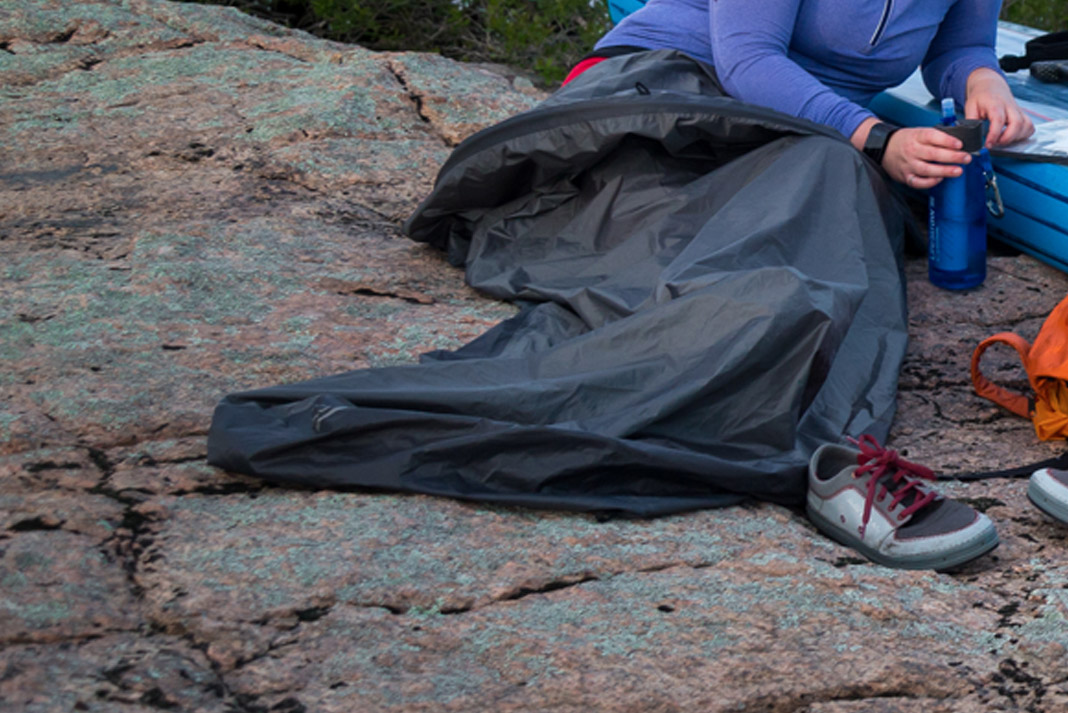
An emergency shelter is gear you must bring, yet hope never to use. It’s mandatory equipment for most expedition races over 24 hours. In an emergency or if the weather takes a turn for the worse, you may need to seek shelter. Packing a lightweight, compact, waterproof and durable bivy is key to being self-sufficient and protected from the elements. Choose breathable and ultra-lightweight fabrics featuring fully taped seams.
Helium Bivy | 18 grams | $179 | www.outdoorresearch.com
4. Footwear
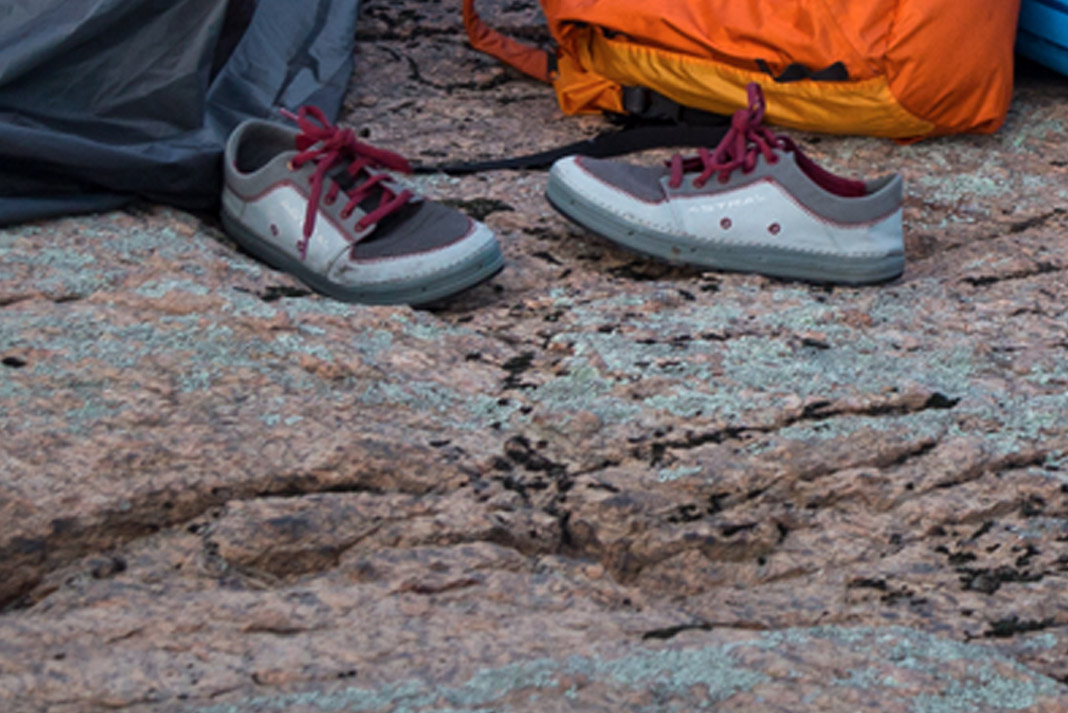
“Don’t your feet get tired from standing all day?” Give your dogs a break with racing footwear maintaining comfort, warmth and a good connection to the board. Expect to be walking through water and over rocks during portages, and select a closed toe shoe with a grippy rubber outsole. Depending on the season, opt for materials that will dry quickly and keep you warm, such as hydrophobic canvas or neoprene.
Astral Brewer | $99.95 | www.astraldesigns.com
5. Drybags
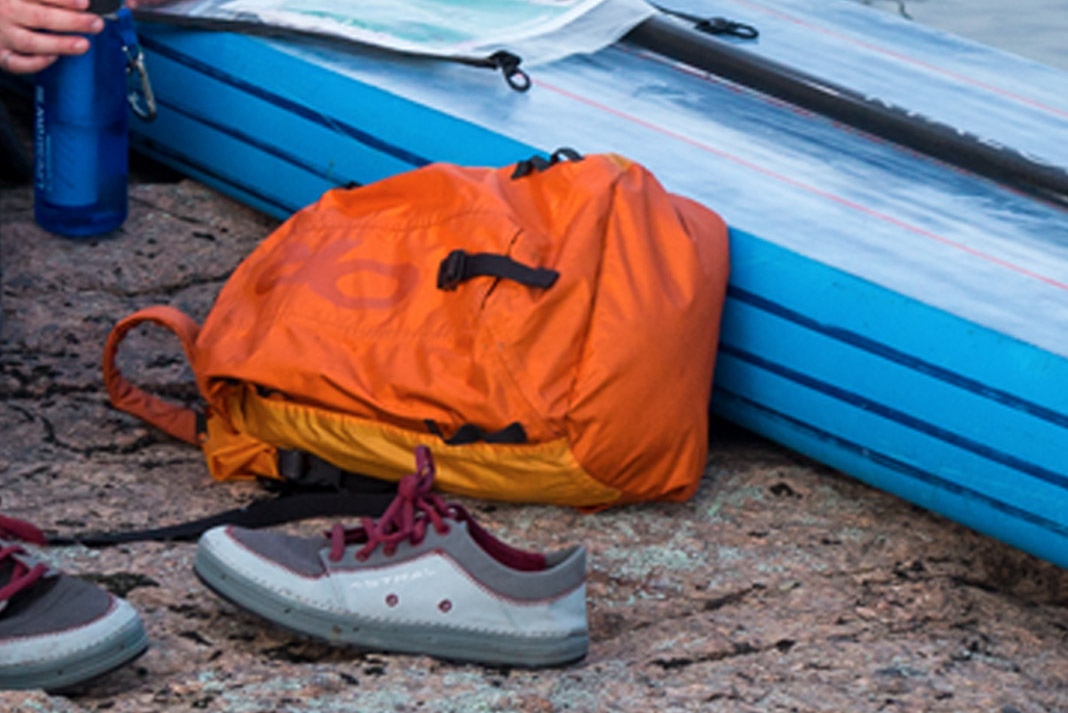
Keep your kit organized and protected with a drybag. Look for one with 30 to 40 liters of volume—enough room to store your gear during the race, without the opportunity to overpack and weigh down the board. You’ll appreciate backpack straps on portages. An external pocket will help optimize efficiency, allowing for quick access to gear you want to keep close at hand, like Snickers bars.
Dry Payload Pack | 32 liters | $149 | www.outdoorresearch.com
6. Timing
A watch for expedition SUP racing must do more than tell time. Look for a timing device with distance tracking in order to follow your route and locate portages. A watch displaying calories burned is useful for monitoring nutritional intake requirements and managing energy levels. A pace function is a critical feedback to know if you must speed up to make a checkpoint timing and to understand the effects of current and wind on performance. Ensure your watch is water resistant and has sufficient battery life.
Garmin Vivoactive HR | $200 | www.garmin.com
7. Hydration
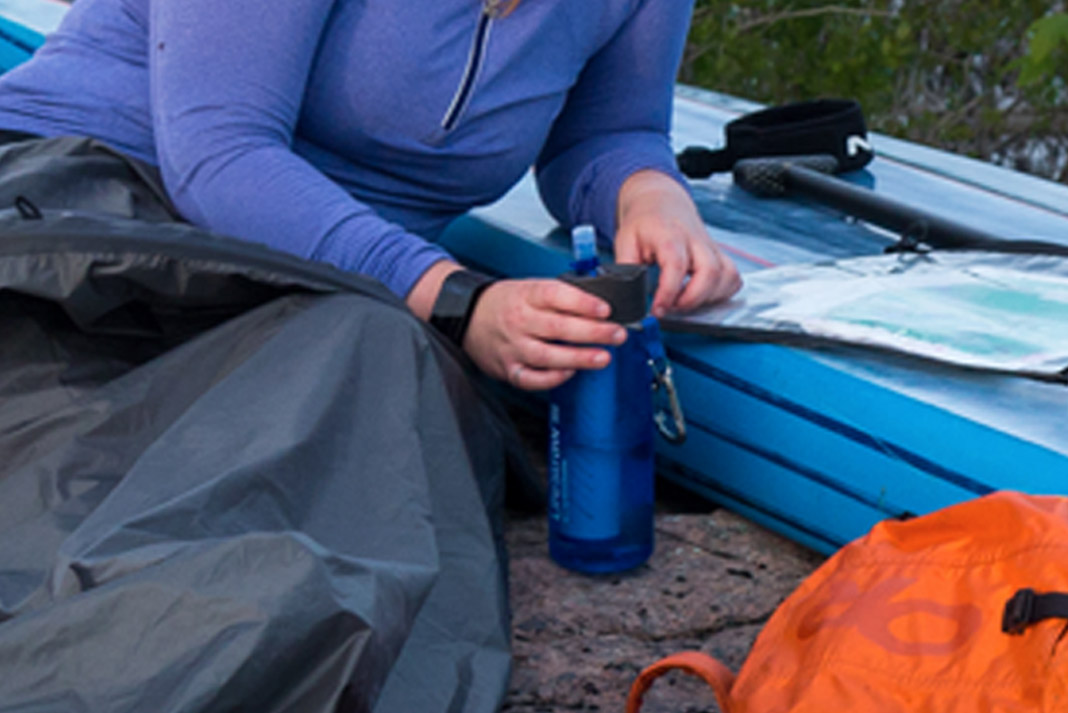
Staying hydrated for the long haul requires a few key pieces of kit to work together as a system. A hydration backpack allows for easy access to drinking water without breaking stroke, while water purification tabs paired with a Nalgene keep carrying weight at a minimum and cover resupply. Though less conventional, I prefer a LifeStraw filtration bottle because I can reach over the side of my board and fill up at anytime and then drink without having to wait for a chemical treatment to take effect.
LifeStraw Go | $55 | www.lifestraw.com
8. Lighting
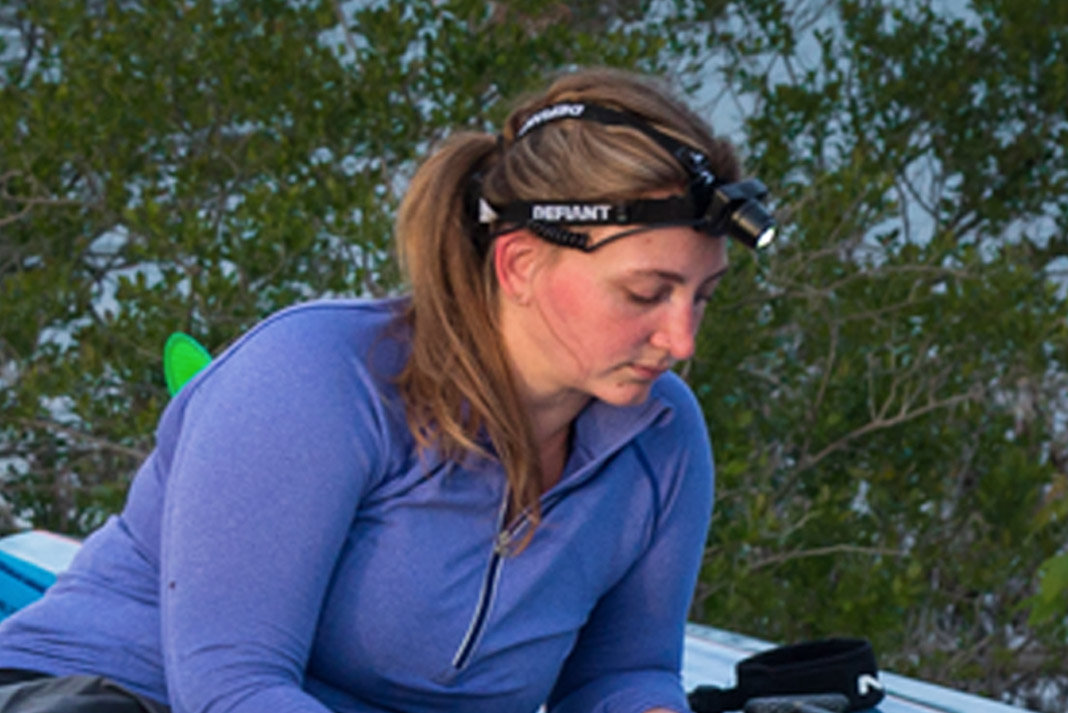
Navigation on the water and along portages is challenging in the dark. Overnight races will require a bow navigation light, stern signal light, and a headlamp. Choose lighting systems that are lightweight, durable and use LEDs.
Consider the lumens—a measure of how bright the light is—in combination with run time and illumination range. A 150-lumen headlamp works well for camp chores, but you’ll want something brighter for finding portages in the dark. Outfit a red flashing light on the stern of the board for vessel visibility. And remember waterproof lights are essential.
Lupine Piko Headlamp System | $335 | www.lupinenorthamerica.com
Courtney Sinclair is an Ontario-based SUP instructor who competes in ultramarathon paddleboarding races. In 2017 she won the Ontario Ultra Paddling Points Series. She loves cruising waterways of all types, while her dog, Sully, rides shotgun. You can find out more at Court Outdoors.



